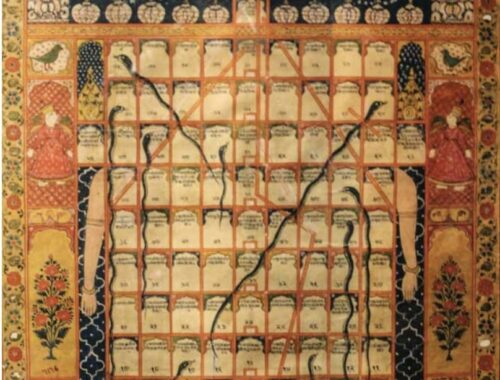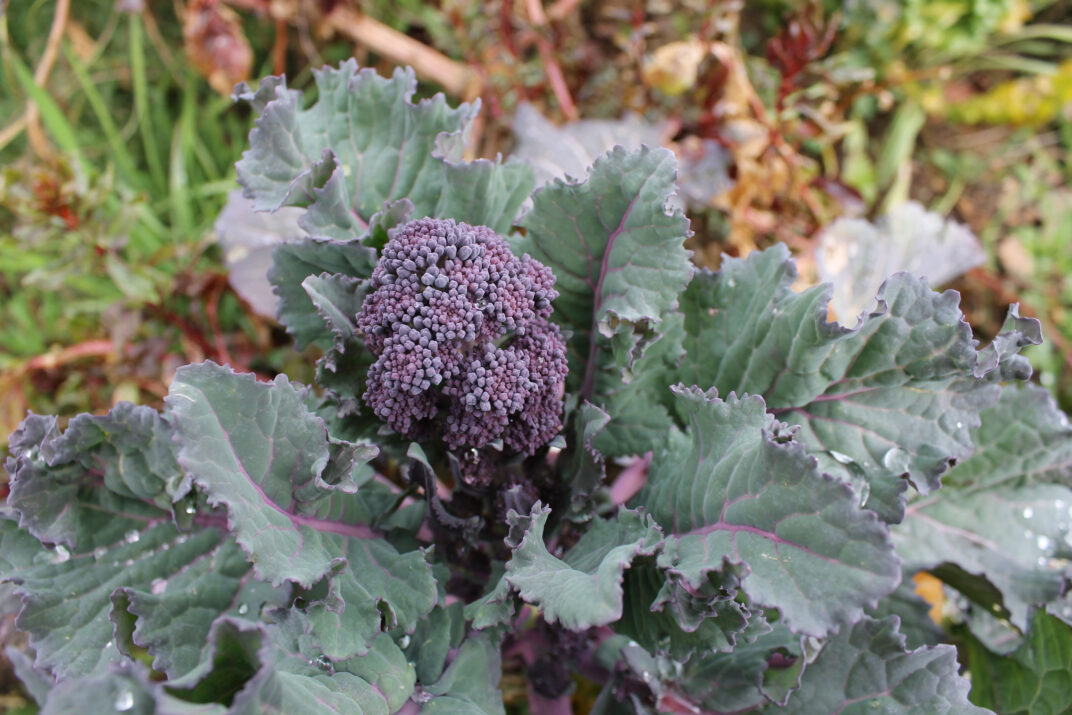
Broccoli Medicine
Growing broccoli
Broccoli is one of our garden successes. I sowed seeds of several different types, purple sprouting, green sprouting and the large headed variety – the purple sprouting is the most prolific and easy going by far. It’s been tough love for the garden. The soil got compacted when we cut down the pine trees to make the garden, in the early days of the garden we had two years of summer drought with no irrigation. (See: Six years of the Garden, as an example of how things progress from scratch – as a non-expert.)
The first seeds were broadcast in seed balls, in the autumn of 2014. I don’t recommend this method as the seedlings were impossible to find and we unknowingly trampled over most of them! I planted out more, grown from seed and we now have a seemingly endless supply, much of it has self-seeds or grown back from the stalks that I left in the ground. Broccoli can be grown as a perennial, following permaculture principles, but it gets tough and less productive after a couple of years, so I prefer to start afresh.
Broccoli and cancer prevention
Broccoli is a cruciferous vegetable belonging to the Brassica genus, named because they have flowers with four petals arranged to resemble a cross. Other cruciferous vegetables include: Brussels sprouts, cauliflower, bok choy, collard greens, kale, red and green cabbage, chard, turnip greens, arugula, mustard greens, savoy cabbage, Chinese cabbage, radish, horseradish, turnip and swedes. All these vegetables are nutritionally dense and increase detoxification from carcinogenic chemicals, prevent some precancerous damage to DNA and in some cases stimulate apoptosis. Apoptosis is a natural process of programmed cell death, which causes cells that are not required by the organism to self-destruct.
Cruciferous vegetables contain many potent phytonutrients and the glucosinolate compounds. In the body, glucosinolates break down into numerous other compounds such as indoles and isothiocyanates. Of the isothiocyanates, sulforaphane has been most studied. See GreenMedInfo on Broccoli for more studies and benefits.
Broccoli has more glucosinolate compounds than other cruciferous vegetables and over 80 phytonutritional compounds and 3-day old broccoli sprouts are said to be 50 times more nutritionally dense than mature broccoli. Studies have consistently shown that people who consume the most cruciferous vegetables, around 1kg a week, are less likely to get many types of cancer.
However, broccoli does not provide universal protection from all cancers and not all broccoli is not equal anyway, depending on where and how it is grown, freshness etc. There is a good reason why you can’t eat pounds and pounds of broccoli. According to The Weston A. Price Foundation, “When raw crucifers are chewed, or when microwaved and steamed crucifers are digested by intestinal bacteria, they release substances called goitrogens that increase the need for iodine when consumed in small amounts and can damage the thyroid gland when consumed in large amounts.”
“Poison is in everything, and no thing is without poison. The dosage makes it either a poison or a remedy.” Paracelsus.
Broccoli for basal cell carcinoma
As I mentioned previously, Dean has had a recurring basal cell carcinoma (BCC). We know that’s what it is, because he had one cut out before we left London. He also had a parotidectomy (on the same side) to remove a cancerous parotid gland and radiotherapy, because he was bullied into it by the doctors and we didn’t know better at the time. Since then (2004) we decided, like many others, that we had to avoid the clutches of the medical profession and find a natural solution. Nature provides a solution to every problem, but it’s not a one-size-fits-all smorgasbord and you often have to hold your nerve and persist through trial and error.
Since then (2004), the cancer industry has been exposed as fraudulent and evidence of natural cures and lifestyle factors have become more widely available. My personal view on the medical profession is that they are very good for emergencies and structural damage, but worse than useless when it comes to most ‘diseases’. I think they cause more disease than they cure and that the system is so corrupt that the only choice with a non-life threatening condition is to work out how to heal yourself. I’ve mentioned some of our efforts in various posts on this blog, what worked was iodine.
I first wrote about this in 2015, when we used an aubergine and apple cider vinegar paste on the sore. It worked for a while and I know several people who have had good results with this remedy, but it never quite eradicated the sore completely. Neither did sodium bicarbonate, nor turmeric. It took me a while to recognise that taking an allopathic approach with natural medicine is still just addressing the symptoms. Cancer is a label used in reference to many symptoms, for which the common denominator is some kind of cellular dysfunction. Just to be clear here, I’m not looking for a cure for cancer; my aim is to help Dean bring his cellular metabolism back into balance, which will be evidenced by the disappearance of the BCC. The fact of it is that no one can ever cure cancer as it is not a disease, which is why it is not transmittable – nobody ‘catches cancer’ – it is aways just a symptom, caused by an underlying problem, or series of problems. This is the biggest con of the cancer industry, that it is actually treating a disease!
Dean is strong, a rapid healer, healthy in mind and body, happy and not stressed – so what could could be causing the cellular dysfunction? I disagree with the view that BCC is caused by sun exposure. I think that they tend to appear in the forties because of less regular sun exposure, like the kind you used to get from playing outside as a kid in all weathers or you would get from working outside. We are not designed to live and work in buildings our entire lives. If sun exposure is a factor in BCC, then vitamin D is a factor too.
Vitamin D is not a vitamin. It is a type of hormone that regulates cell growth, modulates the immune system and helps maintain blood pressure and is produced in a biochemical reaction in the skin, kidneys and probably elsewhere in the body through sun exposure, ie photosynthesis. You cannot get sufficient ‘vitamin D’ through food or supplements, sun exposure is essential. Pale skinned people are very efficient at generating vitamin D through sun exposure; we don’t need much and have an inbuilt monitor for signaling sufficient exposure – our skin turns pink – isn’t that amazing? Sunscreen, most of which is carcinogenic, inhibits photosynthesis and vitamin D production. Dark skinned people need ten times as much exposure to generate the same amount of vitamin D. As Dean’s genetic heritage is Native American and Norwegian, the required levels of sun exposure for optimum vitamin D production would have been very different for his ancestors in their native environments. I suspect that this has created a particular sensitivity that we need to address.
A key factor in the vitamin D process are vitamin D receptors. A specific gene called the VDR (vitamin D receptor) gene codes for this receptor, but sick and unhealthy cells express less of the VDR gene, meaning that they are unable to accept and use vitamin D. Supplementing with more vitamin D won’t help these sick cells. Without a receptor site, vitamin D has nowhere to go, which brings me back to broccoli. Research has shown that the sulforaphane in broccoli and other cruciferous vegetables increases the expression of the VDR gene, so that more of the vitamin D that the body produces can be used. The one study I found on links between vitamin D and BCC found elevated levels of vitamin D enzymes and proteins in the cancerous tissue, Link between vitamin D and basal cell carcinoma probed: Study sheds light on development of most common form of skin cancer
https://www.sciencedaily.com/releases/2010/03/100304131609.htm The study drew no conclusions as to whether the increase in vitamin D was causative or curative, but as the body uses vitamin D to regulate cell growth and modulate the immune system, it seems fairly obvious why it would be present in cancerous tissue!
This study provides graphic evidence of the effectiveness of broccoli on BCC and explains how to use it. The NZ Journal of Natural Medicine: A Simple, Natural Topical Treatment for Basal Cell Carcinoma, Squamous Cell Carcinoma and Maybe Others, by By Dr. J. Rozencwajg, NMD
Dean began using fresh broccoli florets, mashed up in a pestle and mortar and taped onto the sore when he’s at home and the BCC shrunk considerably, after just a few days, but it returned when he stopped using the broccoli. As a note on this, I made a broccoli extract with glycerin and that did not work at all – the BCC began to grow again as though it was being fed.
Once again, each of us is an individual, recreated in every moment, what works for one most definitely does not work for all, but it might lead you in the right direction.
Cancer/fungus canary
There is so much fear and voodoo around the word ‘cancer’ that it takes a lot of energy to come to terms with the fact that it is only a fungus and you can eradicate it, if you don’t work against yourself. We each have our own strategies, we regarded the BCC as a kind of biofeedback alarm, indicating the need for some corrective action which we’ve taken by turning to Nature and a natural lifestyle as much as possible. It is not a life-threatening condition, but it does bring your attention to how you live you life – bring on the broccoli!
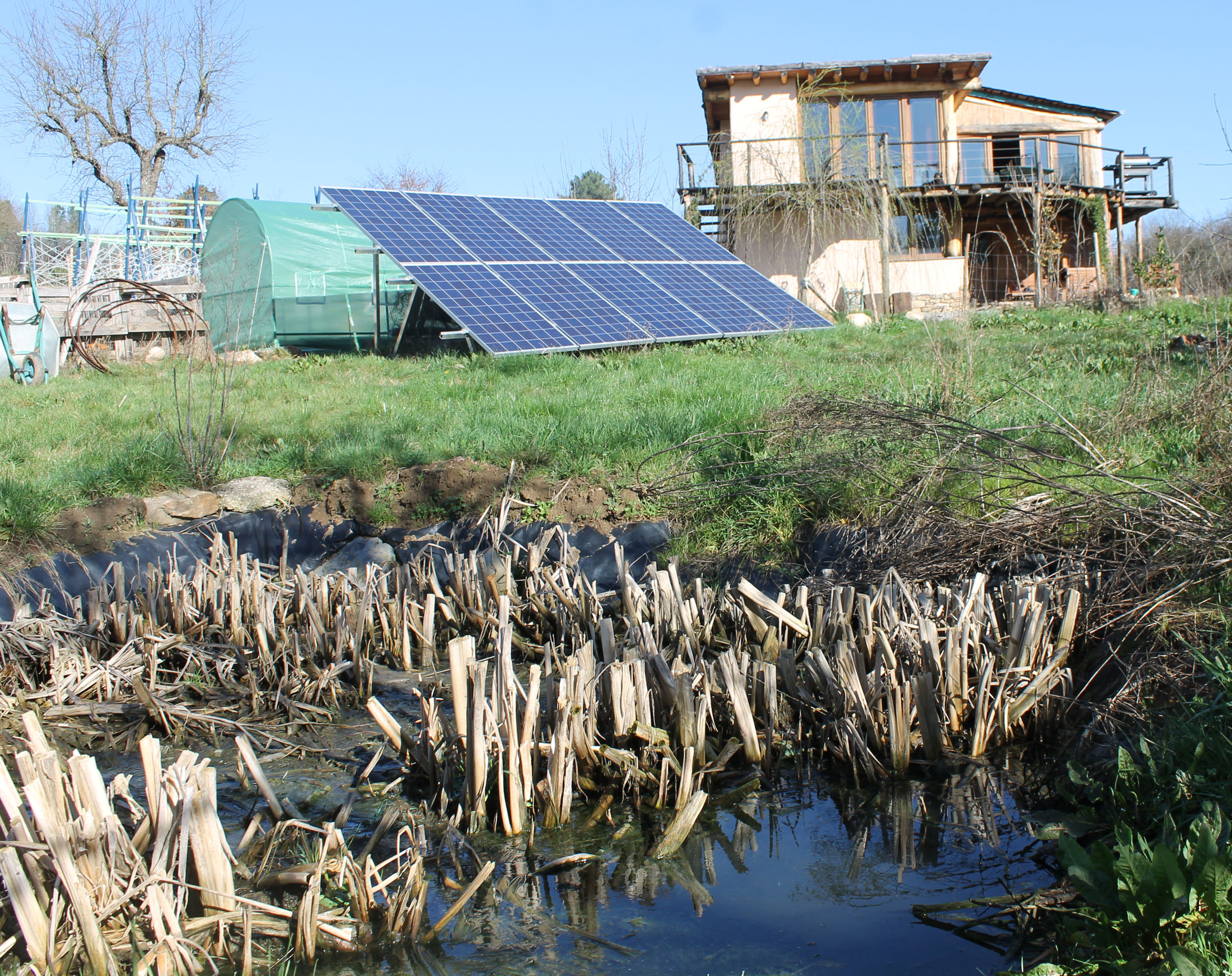
Waste Water Reed Bed
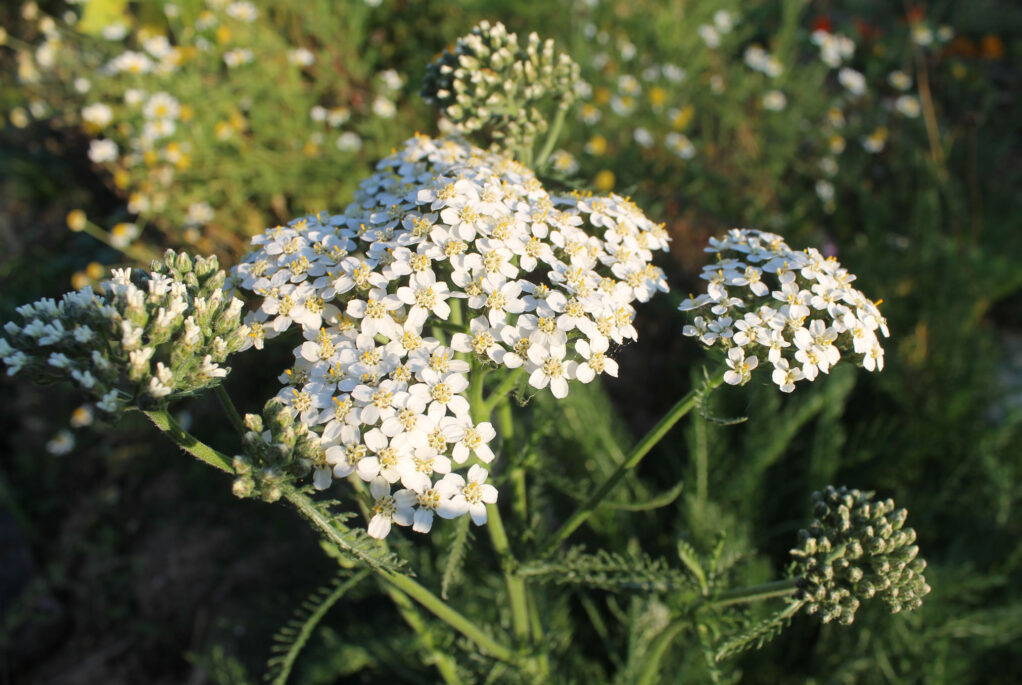
Yarrow: Chiron's Arrow
You May Also Like
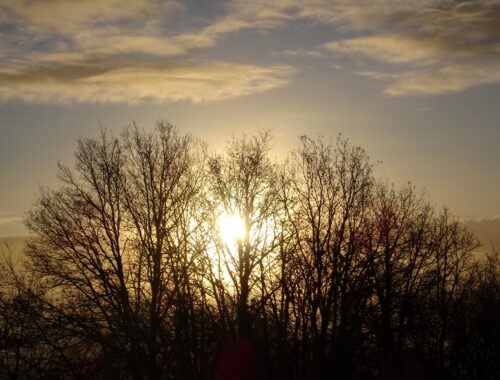
Perspective on Dog Hind Leg Problems
January 4, 2025
The Invisible Landslide
March 19, 2024